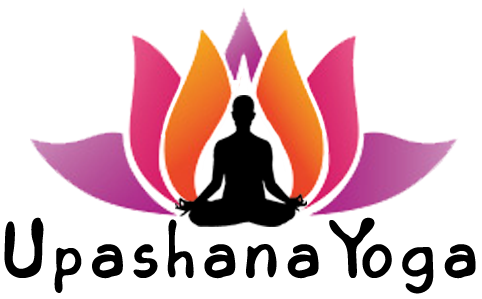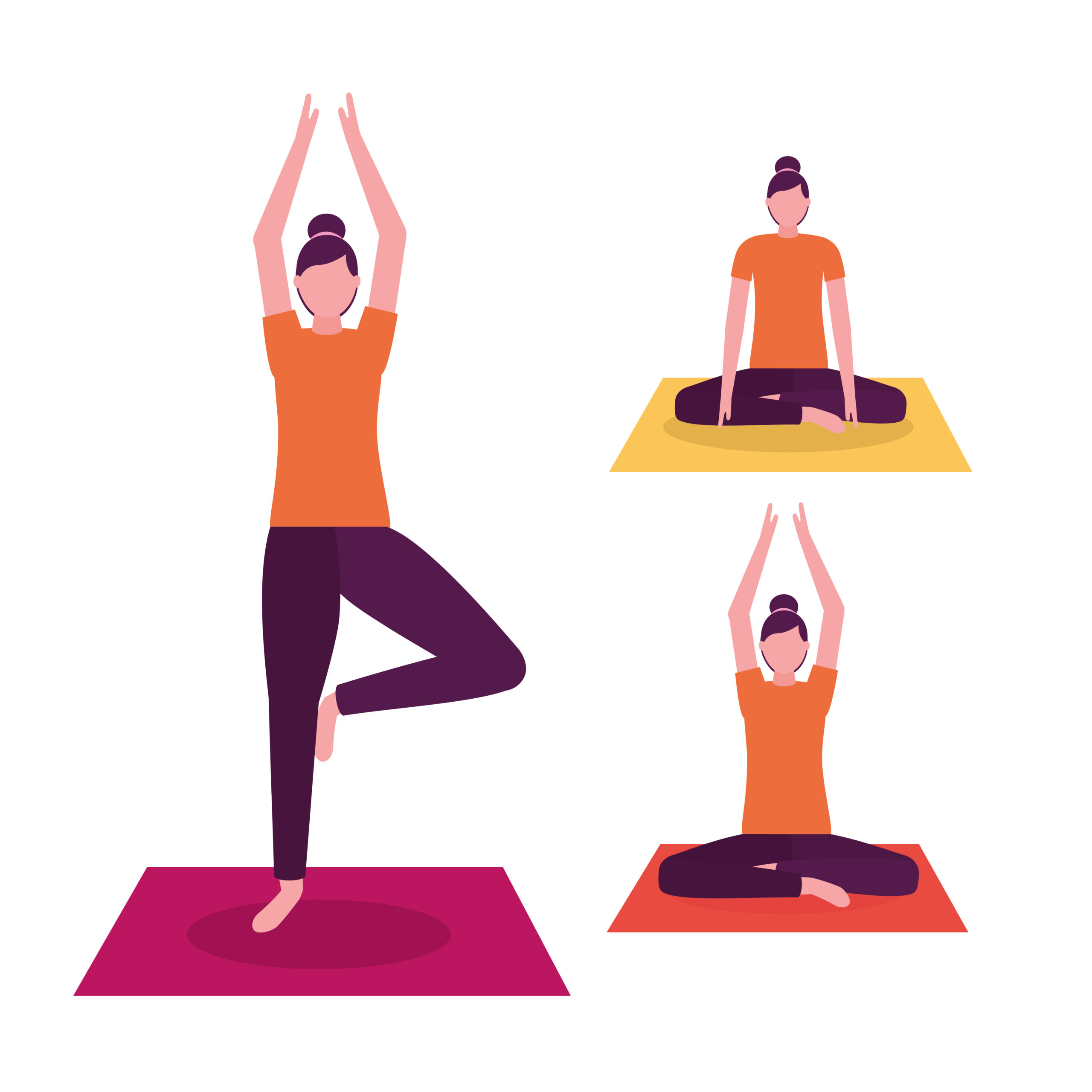

Pranayama is a breathing exercise that heals our body internally. This is one of the eight organs of yoga. Our breath plays an important role in this. Pranayama is a complete breathing exercise that is part of yoga. Pranayama cures cancer, blood pressure, stress, anxiety, stomach diseases, depression, diabetes, and heart problems.
Oxygen is the most essential nutrient for our bodies. It is essential for the unity of the brain, nerves, glands, and internal organs. We can live for 1-2 days without water, but without oxygen, we will die within a few minutes. See below to know more about this.
(Also Read: Simhasana Or Lion Pose | Steps To Do | Benefits)
What Is Pranayama?
Pranayama is an integral part of yoga which enables both performing controlled breathing yoga and calming the mind for meditation. This is an awareness of breath. Pranayama is the link that connects your physical yoga practices with your mental yoga practices. This is a set of steps to make you experience inner peace through which your active mind can be guided.
Pranayama is a Sanskrit language word that is made up of two words, the first word “Prana” which means “Breath” and the second word “Ayama” which means “Control”. If you do Pranayama regularly then it cures our body internally.
(Also Read: Bhadrasana Yoga | Steps To Do | Benefits)
Types Of Pranayama:
- Bhastrika
- Bahya
- Anulom Vilom
- Kapalbhati
- Udgeeth
- Bhramari
- Pranav
Below the types of pranayama and how to do them are explained so that you can easily do them.
(Also Read: Vriksasana Or Tree Pose Steps And Benefits)
Bhastrika:
Bhastrika is a Sanskrit word in which the word “Bhastrika” means “Bellows”. This is a very good breathing practice that keeps the body healthy and the mind happy. Performing this asana is beneficial for heart and brain patients to achieve a miraculous magnitude. It is a breathing technique known to produce body heat. Bhastrika is a powerful and energetic pranayama in yoga breathing practice.
Steps:
- To do this asana, first of all, sit in a Padmasana or Sukhasana by laying a yoga mat on the ground.
- Close your eyes and keep your spine straight. For some time, sit in a meditation posture and join the index finger with the thumb.
- Now take a deep breath in and then force it out.
- Breathe inward again and forcefully exit it again.
- Do this Bhastrika Pranayama at least 21 times.
(Also Read: Utkatasana Or Chair Pose | Steps & Benefits)
Bahya:
Bahya is a Sanskrit word in which the word “Bahya” means “External”. In this, the breath is kept out during the practice, hence it is called Bahya. This pranayama should be performed after the Kapalabhati Pranayama.
Steps:
- To do this asana, first of all, spread a yoga mat on the ground and sit in Padmasana or Sukhasana.
- Now take a deep breath inwards and try to apply the chin to the chest. Turn your stomach inward so that your stomach feels touching the back.
- In this, you have to elevate your genitalia. In this pose, you try to stay for 10 to 15 seconds.
- After this, leave this posture and breathe long.
- Do this for 2-5 minutes daily.
(Also Read: Virabhadrasana I Or Warrior I Pose Steps And Benefits)
Anulom Vilom:
Excellent breathing is very important to improve blood circulation. For this, Anulom Vilom is a very good pranayama of antonyms. This pranayama removes heart blockages. It also relieves stress, anxiety, and depression naturally.
Steps:
- To do this asana, first of all, spread a yoga mat on the ground and sit in Sukhasana, Siddhasana, Padmasana, or Vajrasana.
- Now raise your right hand up and close the right nostril with the thumb and take a long breath from the left nostril.
- Now close the left nostril with the ring finger of your right hand and exhale through the right nostril.
- In this case, your left hand will remain on the knee.
(Also Read: Virabhadrasana II Or Warrior II Steps & Benefits)
Kapalbhati:
Kapalbhati is a very good asana to reduce weight. This is very effective in curing stomach disease, obesity, digestive disorders, and many stomach problems.
Steps:
- To do this asana, first of all, spread a yoga mat on the ground and sit in Padmasana or Sukhasana.
- Put both your hands on your knees and sit in meditation posture. Breathe inwardly.
- Now while exhaling, pull the stomach inward in such a way that the stomach and back are joined together.
- Then take the breath in and loosen the stomach.
- Repeat this action again.
- Repeat Kapalbhati Pranayama continuously for five minutes.
Udgeeth:
To perform Udgeeth Pranayama one has to chant “ॐ” or “Om” so this asana is known as “Omkari chanting” which means “chanting Om”. This is a simple breathing exercise.
Steps:
- To do this asana, first of all, spread a yoga mat on the ground and sit in Padmasana or Sukhasana.
- Now take a deep and long breath and while exiting the breath slowly, chant ॐ.
- While doing Udgith Pranayama, keep your focus on your breath.
- Do this asana for 5 to 10 minutes.
(Also Read: Virabhadrasana III Or Warrior III Steps & Benefits)
Bhramari:
Bhramari Pranayama is a Sanskrit word in which “Bhramari” means “Bee”. This is an excellent breathing exercise. This pose is the best breathing exercise to calm your mind. In this, we exhale while humming. It sounds like the distinctive humming of bees.
Steps:
- To do this asana, you should sit in a Padmasana or Sukhasana by laying a yoga mat on the ground in a quiet place.
- Now close the ear with the thumb of both your hands.
- Place both your index finger on the forehead and close your eyes with the remaining fingers.
- Now take a deep breath and exhale, exhale the sound of the bee.
- Do this for 2-3 minutes.
(Also Read: Triangle Pose Or Trikonasana Steps & Benefits)
Pranav:
Pranava is the last and seventh pranayama. After practicing all six pranayamas, focus your mind on Pranava Pranayama for some time. This is a very simple breathing exercise. Which you can call a type of meditation.
Steps:
- To do this asana, sit quietly in Padmasana, Sukhasana, or Vajrasana.
- Now breathe normally and focus your mind on breathing in and out.
- While practicing Pranava Pranayama, imagine that God is everywhere in every particle.
- You can do this asana for 5 minutes to 1 hour according to your capacity.
(Also Read: Baddha Konasana Or Bound Angle Pose Steps And Benefits)
Benefits Of Pranayama:
- Pranayama improves blood flow throughout your body.
- Deep breathing helps to replenish oxygen in the body, which helps us in controlling our weight.
- Pranayama is beneficial for strengthening the heart.
- It is beneficial for strengthening our lungs.
- Pranayama is also beneficial for eliminating all the problems related to the brain.
- It controls the aging process by keeping your mind and body intimately connected to each other.
- Pranayama helps to relieve anxiety and stress.
- It helps to spread your lungs.
- All hair problems are solved.
- Facial wrinkles, dark circles under the eyes can be removed.
- Thyroid symptoms and problems disappear.
- Benefits of doing pranayama to increase memory.
- Cold, cough, nose, throat pranayama is cured.
- Doing pranayama strengthens your heart.
- Pranayama is also helpful in reducing cholesterol.
- Pranayam produces positive energy.
- Peace of mind and brain is found.
- By taking pranayama, all the stomach problems like constipation, acidity, disappear.
- Pranayama strengthens your body’s immune system and helps to keep it disease free.











Leave a Comment